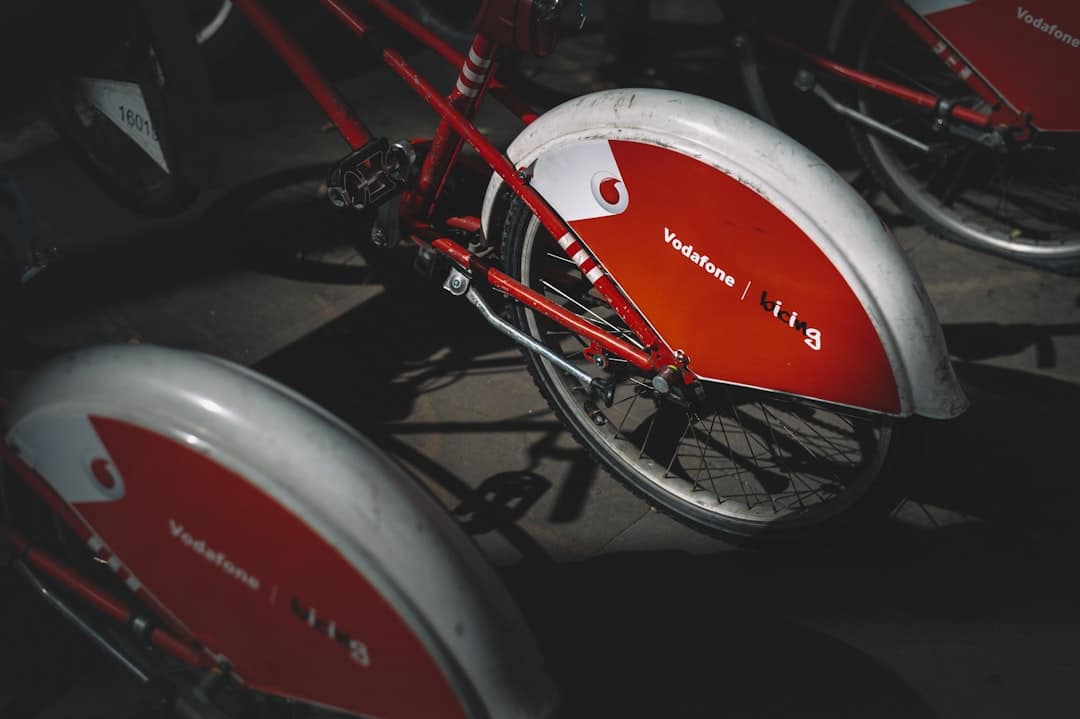|
IN BRIEF
|
THE BMX, this iconic little bike, saw the light of day in the 1960s with the appearance of the model Sting Ray from the Schwinn brand. Since then, it has undergone an incredible evolution, going from a simple hobby to a real extreme sport. Renowned for its performance acrobatic and its technical refined, BMX conceals many secrets which deserve to be dissected. Whether through the evolution of techniques used by athletes, innovations in equipment, or strategies that lead to victory, every aspect of this fascinating discipline is imbued with rich history and contagious passion. Let’s dive together into the heart of this universe to discover what makes magic BMX.
BMX, or Bicycle Motocross, is much more than just a sport. With its rich history and acrobatic techniques, it fascinates enthusiasts from all over the world. This article invites you to discover the secrets of BMX, including its origin, its technical characteristics, and the performance secrets that make the difference during competitions.
Origins of BMX: a sport in full evolution
BMX began in the 1960s, when the bicycle known as sting ray was launched by the brand Schwinn. This model marked the beginning of a new era where young people, inspired by motocross, began to perform races and stunts on dirt terrains. Quickly, this phenomenon became a sport in its own right, incorporating elements of maneuver and style.
BMX design and technical characteristics
THE BMX bike is specially designed for acrobatics and jumps. Its structure is characterized by a sturdy and lightweight frame, with 20-inch wheels that allow agile movements. The brakes are often minimalist, thus optimizing weight and performance. BMX bikes come in several categories depending on their use: Freestyle BMX, BMX Racing And BMX Flatland, each having its own technical specificities.
Tips from champions
BMX champions have an impressive mastery of techniques, but they also incorporate little secrets that make all the difference on the track. One of these secrets lies in the speed technique, which involves finding the right balance between power, glide and braking. Good body position is crucial, especially when Olympic competitions, where every aspect can influence the results.
Physical and mental challenges
Practicing BMX requires not only physical fitness but also mental strength. Spectacular jumps and acrobatic figures require great precision and one concentration flawless. Many BMXers train regularly to improve their flexibility, strength, and agility to maximize their performance during events. Additionally, it is essential to learn how to manage falls and the injuries, which are an integral part of learning.
BMX at the time of international competitions
With the rise in popularity of BMX, international events such as the Olympic Games allow athletes to shine on the world stage. The work of national teams, like that of France, is a striking example of how technique is perfected, even in aspects like shift developed in secret to increase performance.
A full-fledged lifestyle
Beyond competitions, BMX has become a real cultural phenomenon. Enthusiasts, like those who practice bikelife in Brussels, aspect their daily life around practice. BMX is now seen as an art of living, combining passion, personal expression and a close-knit community. Publications and works, such as “Bicross the history of French BMX” by Alain Massabova, bear witness to this evolution.
To find out more about BMX, its particularities and its athletes, consult the specialized articles and follow competition news.
| Appearance | Details |
| Origin | Appeared in 1963 with the model Sting Ray by Schwinn. |
| Materials | Frames in aluminum or in steel to combine lightness and resistance. |
| Techniques | Varied acrobatic performances such as wheelie and the barspin. |
| Events | Major competitions such as Olympic Games and the world championships. |
| Evolution | From leisure to extreme sport with advanced techniques and specialized equipment. |
| Culture | BMX lifestyle including fashion And community. |
- History : The first BMX, the model Sting Ray, was launched in 1963 by the Schwinn brand.
- Technical : Acrobatics and jumps require a technical mastery and an excellent bike control.
- Secret pedalboard : The French team has developed a gear shift system revolutionary in secret.
- Performance : THE BMX racing require an optimal position and maximum speed to succeed.
- Culture : BMX is not just a sport, it is a real art of living and one urban culture.
- Emblematic figures : The riders are distinguished by impressive tricks which require training hours.
- Material : Bicycles BMX are designed specifically for acrobatics with reinforced components.
- Bikelife : The phenomenon of urban cycling where enthusiasts perform figures in wheeling and various maneuvers.
- Olympic Games : Inclusion of Freestyle BMX and of BMX racing to Olympic Games, a highlight for the community.
- Rules : Each discipline of BMX owns its own rules to ensure safety and fairness in competition.


